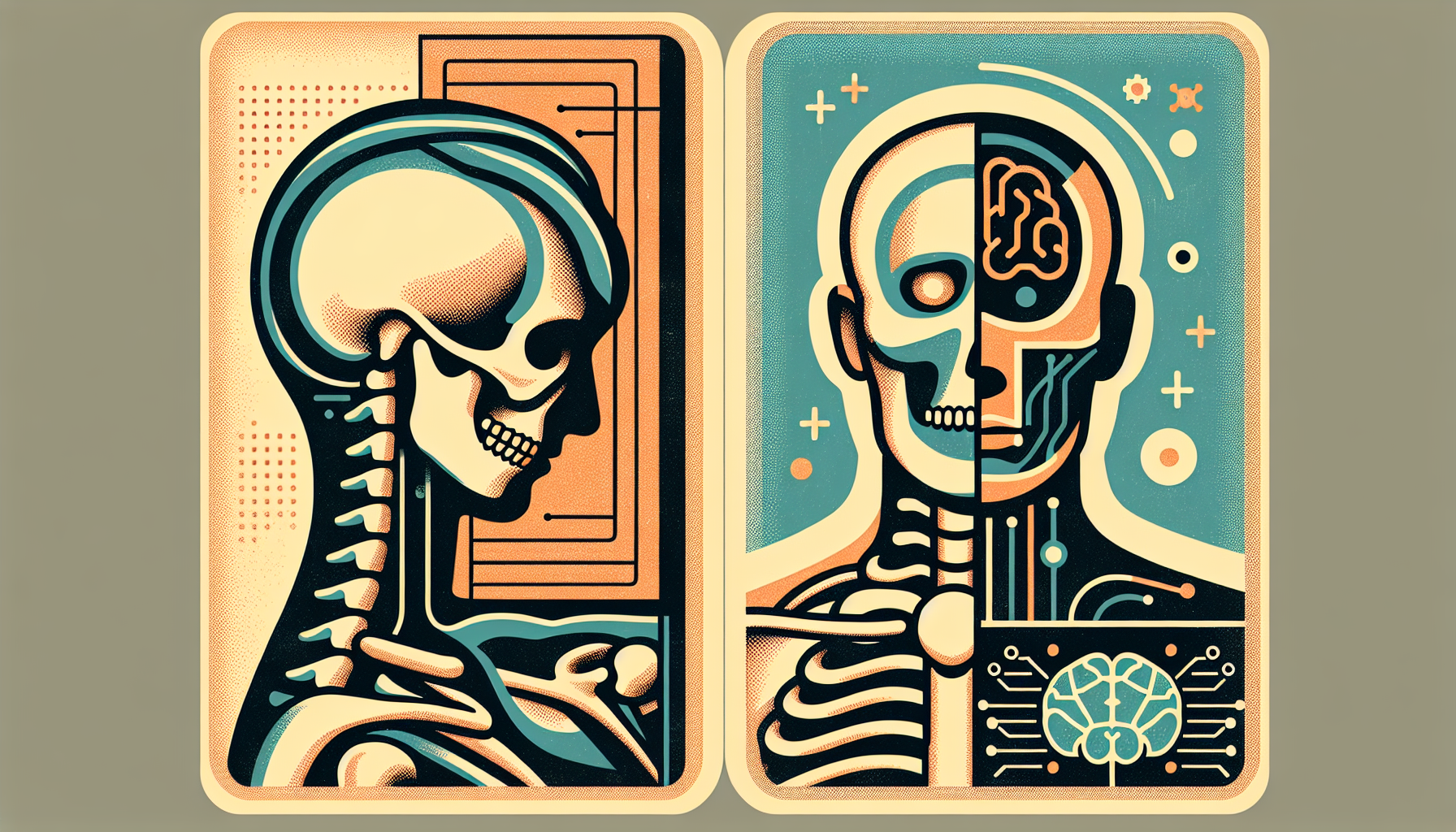Osteoporosis is a condition where bones become weak and more likely to break. It can lead to serious health, economic, and social problems. The usual ways to diagnose osteoporosis, such as bone density scans (DXA) and detailed body scans (QCT), have their limits. They are not always easy to access and might miss early signs of the disease. But now, thanks to advances in artificial intelligence (AI), especially deep learning, we have new tools to catch osteoporosis earlier and with more accuracy.
Deep Learning in Osteoporosis Diagnosis
Deep learning is a type of machine learning that uses complex neural networks to recognize patterns in data. It can find details that traditional methods might overlook. Here are some ways deep learning is helping diagnose osteoporosis:
Radiologic Diagnosis
Deep learning models have been used in various types of medical imaging like X-rays, CT scans, and MRIs to detect osteoporosis. A thorough review showed that these AI models are very good at spotting osteoporosis, predicting bone mineral density (BMD), and assessing the risk of fractures.
CT Imaging
CT scans, often used for other medical reasons, can also help diagnose osteoporosis. AI models analyzing CT images can predict bone density with high accuracy, sensitivity, and specificity. They use data from the CT scans like parts of the image that appear darker or lighter to build strong predictive models.
Dental Panoramic Radiographs
Another innovative method involves using dental X-rays, which are common and affordable. Deep learning models, especially convolutional neural networks (CNNs), have been quite successful in detecting osteoporosis from these dental images. Adding more clinical information to these images makes the models even more accurate.
Key Advancements and Findings
Interpretable Models
One major advancement is the creation of AI models that are easy to understand. These models explain why they are predicting osteoporosis in an individual, using methods like LIME (Local Interpretable Model-agnostic Explanations). They are better than older models and clinical tools, providing a detailed and personalized risk assessment.
Automated Segmentation and Prediction
AI algorithms can now automatically separate different types of bone (trabecular and cortical) in CT images, with accuracy close to human experts. These models can also predict DEXA scores from routine cardiac CT scans, helping catch low bone density early, even when the scan was done for another reason.
Ensemble Models
Combining deep learning with clinical details in ensemble models has improved the diagnosis of osteoporosis. These models mix imaging data with patient information, leading to more reliable and accurate diagnoses.
Clinical Implications and Future Directions
Using deep learning for osteoporosis diagnosis brings several benefits:
- Early Detection: AI models can catch the risk of osteoporosis sooner than traditional methods, allowing for early intervention and reducing the chance of fractures.
- Cost-Effectiveness: Screening using routine CT scans or dental X-rays can be more affordable and accessible than specialized tests like DXA.
- Personalized Medicine: Interpretable models provide tailored explanations, helping doctors create personalized treatment plans and improving patient outcomes.
However, there are still challenges to overcome before these AI models can be widely used in clinical practice. More validation is needed, along with solutions for differences in imaging protocols and ensuring the AI tools are reliable and repeatable.
Conclusion
The use of deep learning in diagnosing osteoporosis marks a significant step forward. These advanced algorithms promise more accurate and timely detection, potentially lowering healthcare costs and improving patient care. As research progresses, we can expect these AI models to become a standard part of diagnosing and managing osteoporosis, changing the landscape of bone health for the better.

Leave a Reply